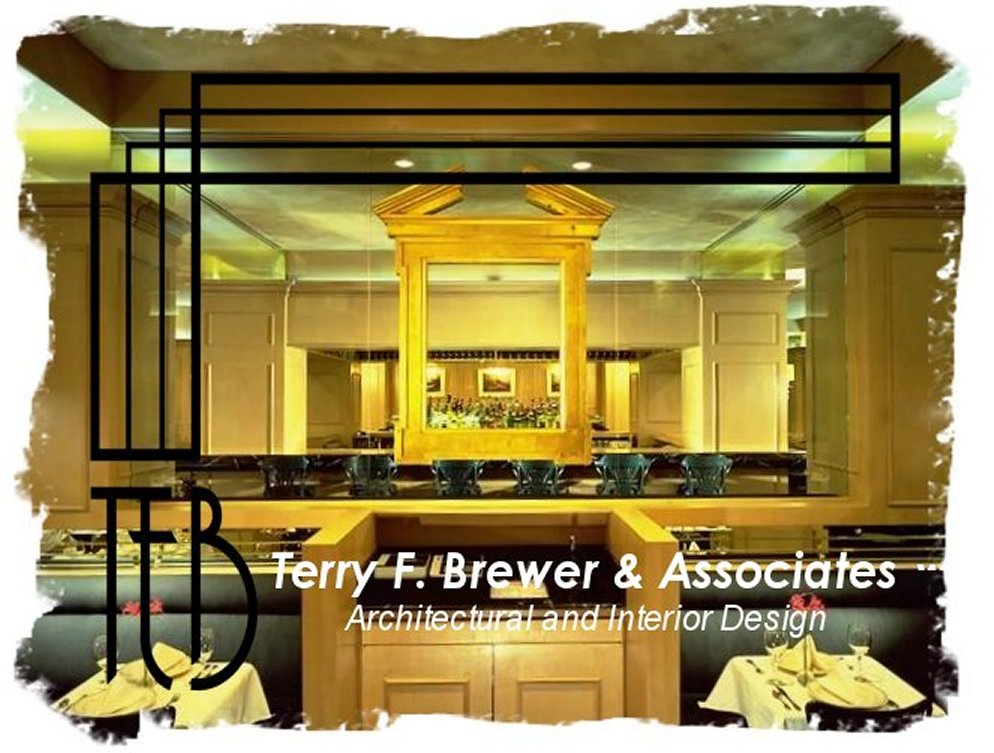
Terry F. Brewer & Associates
619 Mercury Ave., Suite 108
Duncanville, Texas 75137
(972) 298-3525 Fax (972) 298-3521

|
Terry F. Brewer & Associates 619 Mercury Ave., Suite 108 Duncanville, Texas 75137 (972) 298-3525 Fax (972) 298-3521
|
|
IECC Frequently Asked Questions
With the new IECC code, air infiltration is being reduced, requiring less need for HVAC over-design. Over-sizing can increase utility costs by 15% and will also increase the amount of humidity, moisture and mold problems. Humidity will cause a cold, clammy feeling in the summer. Short cycling of AC will increase the room to room temperature variation by 5 degrees. We can provide computer Manual J designs, providing room by room CFM flow and unit sizing so contractors can get "apples to apples" bids. Link Manual J design fees
Does Insulation Draped Above the Suspended Ceiling Satisfy Energy Code Requirements?
No. Insulation installed in a suspended ceiling does not meet the infiltration requirements of the International Energy Conservation Code (IECC). When the insulation is on the suspended ceiling, the ceiling is defined as part of the building envelope. This requires that it be air-sealed like any other envelope component:
ASHRAE 90.1-1999 also prohibits the insulated suspended ceiling from being part of the building thermal envelope for compliance (Section 5.2.1.4).
ACCA Manual J Software:
|
|
|